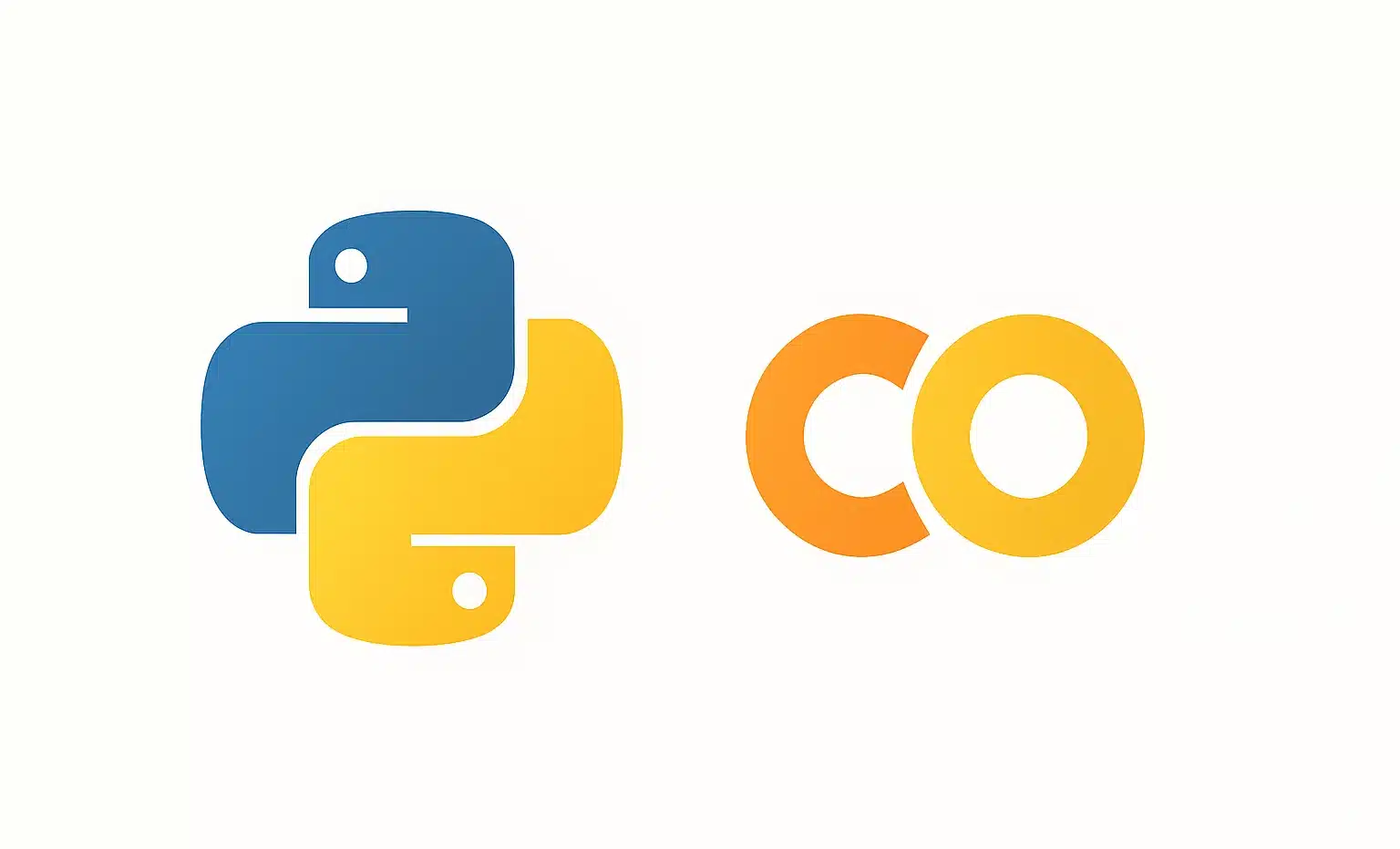Are you looking to optimize your supply chain while boosting responsiveness? SAP IBP (Integrated Business Planning) is a cloud-based solution designed to synchronize demand, supply, inventory, and production in real time. In this comprehensive guide, we’ll explain what SAP IBP is, highlight its key modules, explore its benefits, and show how it compares with other SAP tools.
What is SAP IBP?
Definition and principles of Integrated Business Planning
Have you heard of SAP IBP but aren’t completely sure what it does? No worries, this is a common question.
SAP IBP (Integrated Business Planning) is a cloud-based solution for supply chain planning. It facilitates the synchronization of demand, supply, inventory, and production capacities across the organization.
In simple terms, it’s a tool designed to forecast, adjust, and manage your supply chain in real time using a unified and intelligent platform.
One of the major advantages of SAP IBP is its ability to not only manage flows but also anticipate disruptions, aiding in better decision-making.
What is the difference between SAP IBP and SAP BPC?
It’s easy to confuse these two SAP tools. Let’s break down the key differences:
- SAP IBP is focused on supply chain processes like forecasting, production, inventory, and planning.
- SAP BPC (Business Planning & Consolidation) is dedicated to financial planning and accounting consolidation.
- IBP is built for the cloud on SAP HANA, while BPC can be deployed on-premise or in the cloud.
- IBP is utilized by logistics and operations teams, whereas BPC caters more to finance teams.
- The IBP interface is modern and intuitive, using SAP Fiori for better usability.
- BPC is often integrated with Excel, while IBP leverages real-time analysis functionalities.
If your goal is to streamline logistics flows, then IBP is the right tool. But if your focus is on financial planning or budget consolidation, BPC is the better choice.
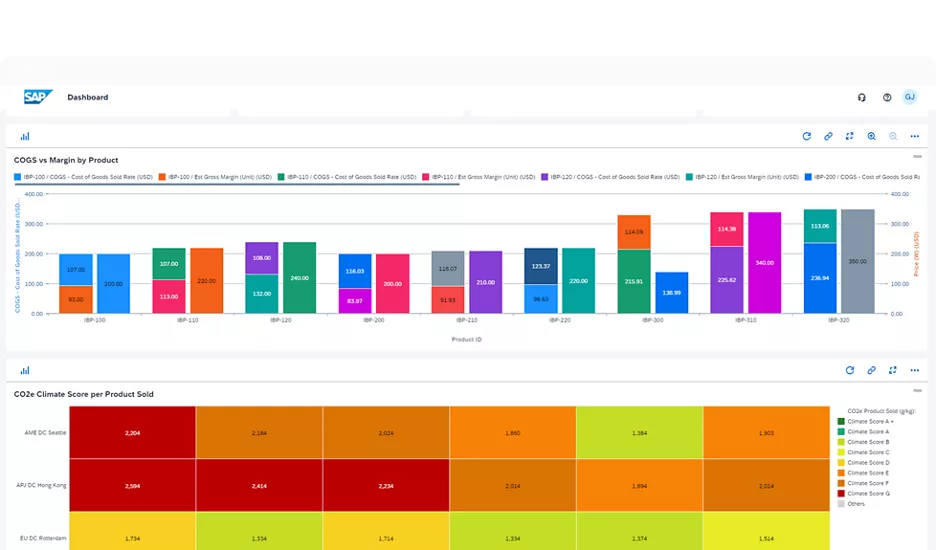
What is the difference between SAP IBP and SAP S&OP?
| Criteria | SAP S&OP | SAP IBP |
|---|---|---|
| Main Objective | Sales & Operations Alignment | End-to-End Supply Chain Planning |
| Functional Coverage | S&OP Process Only | S&OP + Demand, Supply, Inventory, etc. |
| Technology | Limited Component | Full Suite on SAP HANA |
| Interface | Functional | User-Friendly (SAP Fiori) |
What are the modules of SAP IBP?
SAP IBP is a modular solution, with each component targeting a strategic aspect of the supply chain. By combining these modules, you get an integrated, dynamic, and actionable end-to-end overview. Below are the main modules to know:
Sales & Operations Planning (S&OP)
The S&OP module establishes strategic alignment between sales, operations, finance, and production. It ensures the coordination of long-term objectives with short-term constraints.
With the S&OP module, you can:
- Simulate different forecast scenarios (growth, disruptions, crises, and shortages).
- Organize monthly or weekly planning cycles.
- Enable decision-making across departments using collaborative workflows.
- Visualize impacts of decisions on finances (with SAP Analytics Cloud integration).
Our opinion: This is an indispensable module for organizations aiming to eliminate siloed management and establish governance for their supply chain.
Demand Planning
The demand planning module enables you to accurately forecast future sales with granularity, such as by product, region, channel, or even key customers.
It incorporates:
- Predictive algorithms (machine learning, linear regression, and other models).
- Factors like external influences: weather, events, and promotions.
- Enriched historical data, combined with input from sales teams.
Good to know: This module is especially useful for managing unpredictable demand patterns and maintaining high service levels.
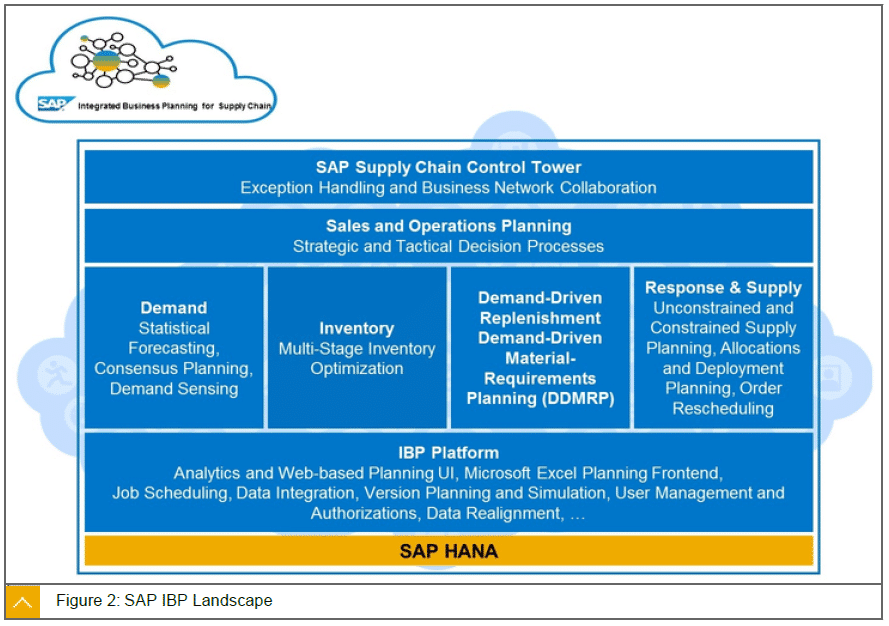
Inventory Optimization
This module brings an intelligent approach to determining the balance between inventory levels, storage costs, and product availability.
Key features:
- Establishing safety stock levels by location, warehouse, or channel.
- Probabilistic calculations for coverage rates and service levels.
- Identifying potential bottlenecks in the supply network.
Why it’s crucial: Effective inventory optimization reduces overstock while avoiding shortages, enhancing both operational efficiency and financial liquidity.
Response and Supply
The Response and Supply module handles real-time supply planning, connecting projected demand with inventory levels and production resources.
Notable features:
- Dynamic allocation of demand under constraints (ATP – Available to Promise).
- Management of multi-site supply strategies.
- Simulation of adjustments to production, sourcing, or transport based on business priorities.
Our advice: Use this module to transition from reactive supply chain planning to proactive, real-time management that responds to market fluctuations.
Control Tower & Integrated Analytics
The “Control Tower” module serves as the central command that guarantees visibility across physical and informational supply chain flows.
Main features:
- Real-time tracking of key performance indicators (KPIs): service levels, stock-outs, inventory, supplier lead times, etc.
- Proactive identification of disruptions or process inefficiencies.
- Creation of intelligent alerts with recommended actions.
- Visualization through dashboards in Fiori or SAP Analytics Cloud.
This module also integrates with other systems (ERP, WMS, TMS) to provide end-to-end orchestration. What we particularly like: its ability to turn fragmented data into actionable decisions.
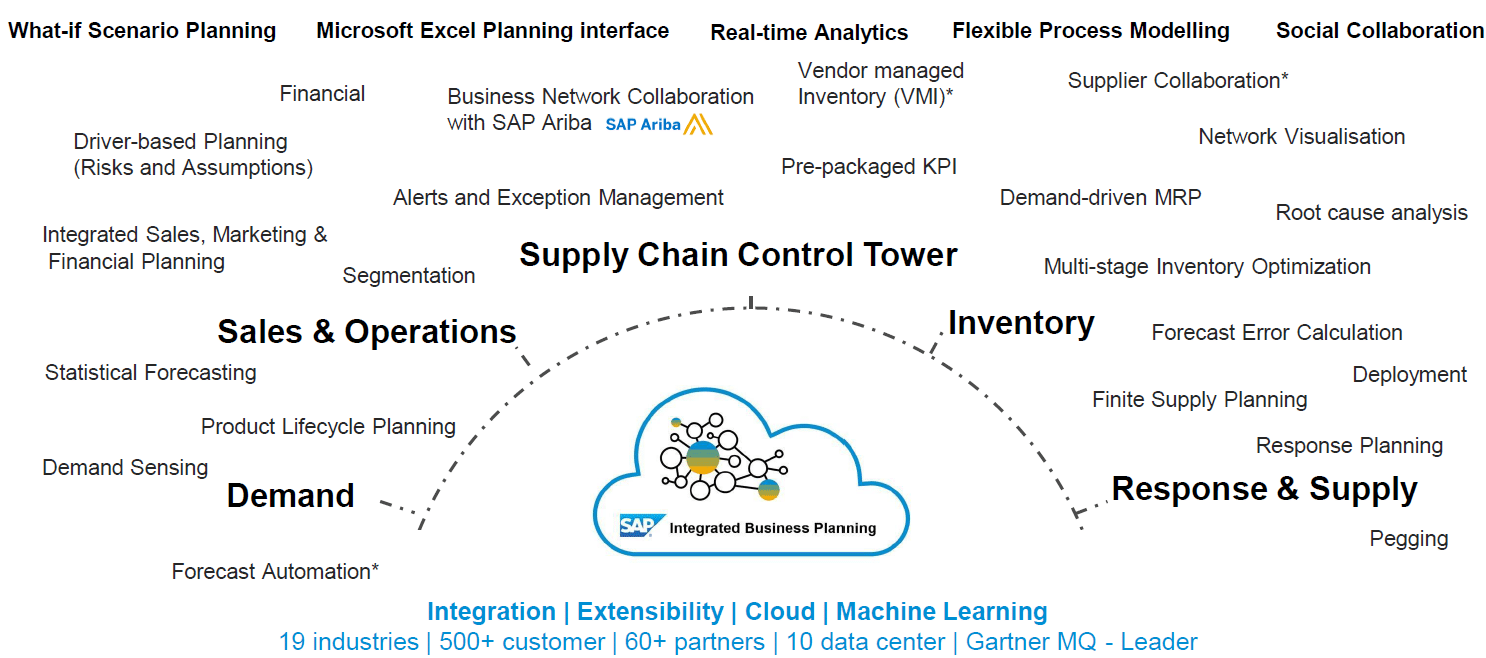
Why use SAP IBP for your supply chain?
A secure and scalable cloud solution
Because SAP IBP is hosted in the cloud, there’s no need to manage the infrastructure.
This means automatic updates, instant scalability, and the reassurance of guaranteed data security by SAP.
Enhanced productivity through automation
Goodbye to fragmented Excel spreadsheets!
SAP IBP automates repetitive tasks, centralizes data, and saves you precious time, enabling you to focus more on analysis and strategy rather than data entry.
A better user experience with Fiori
The Fiori interface is modern, intuitive, and user-friendly.
Even if you’re new to SAP, it will feel easy to adapt. This usability is often underestimated but crucial for successful tool adoption.
A catalyst for digital transformation
SAP IBP is more than just a tool; it acts as a lever for digital maturity.
It enhances collaboration, structures processes, and prepares businesses for resilient supply chain management.
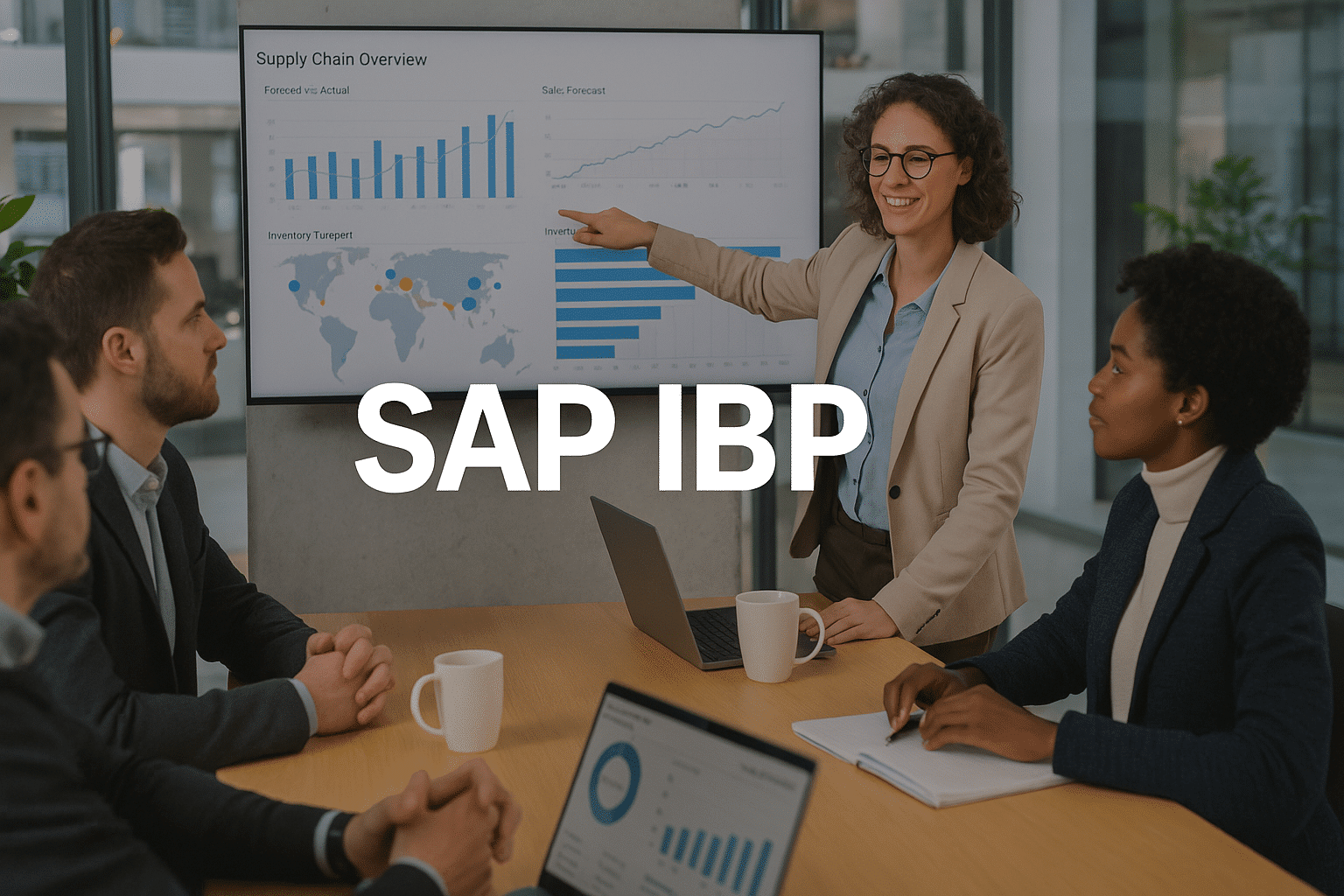
Conclusion
In summary, SAP IBP shines as an essential tool for companies looking to modernize and fortify their supply chain.
With its integrated modules, predictive insights, and cloud capabilities, it seamlessly blends operational agility with long-term strategic planning.
If you’re in search of real-time management, the ability to preempt disruptions, and flawless collaboration across departments, SAP IBP is an excellent investment.




